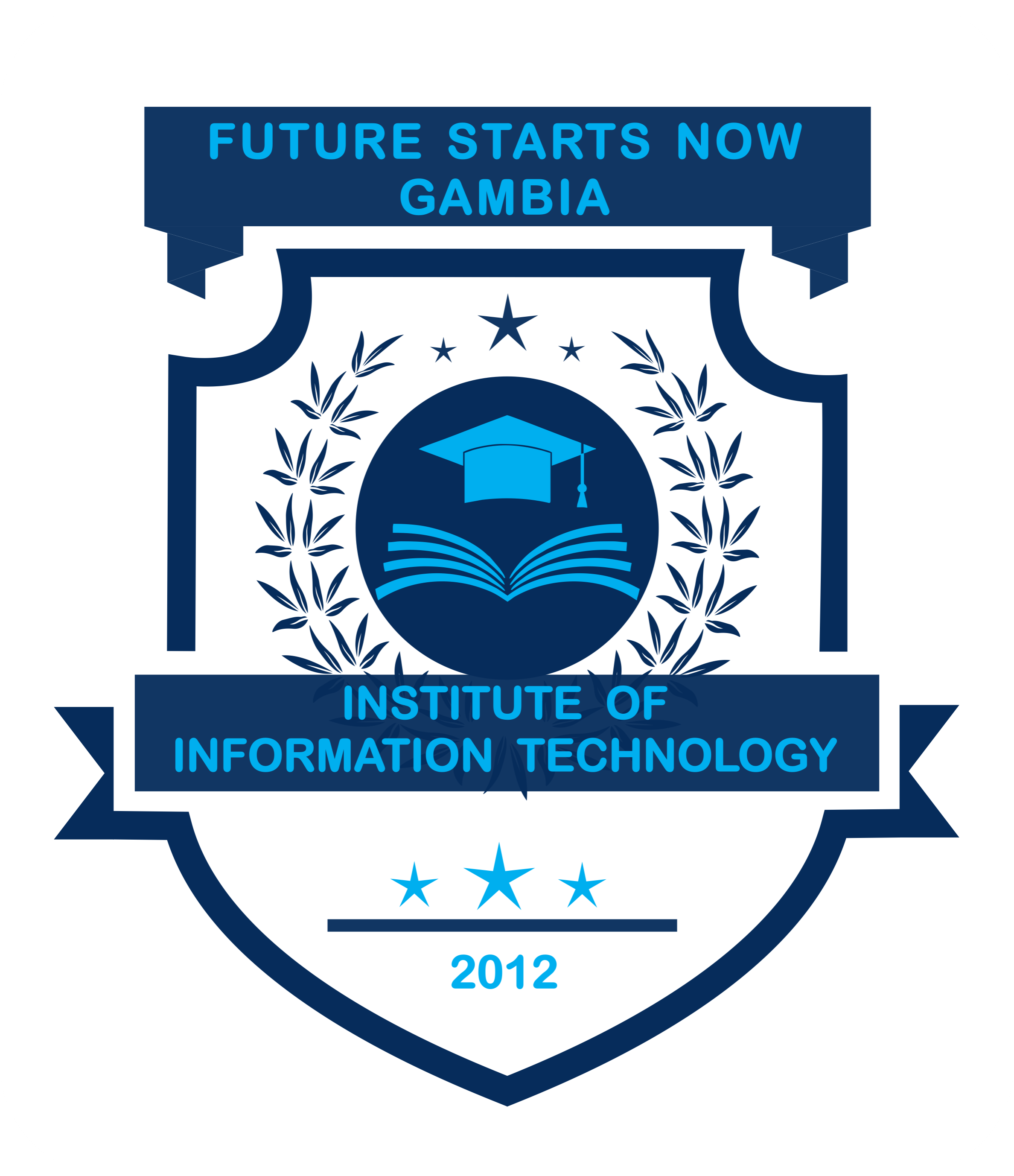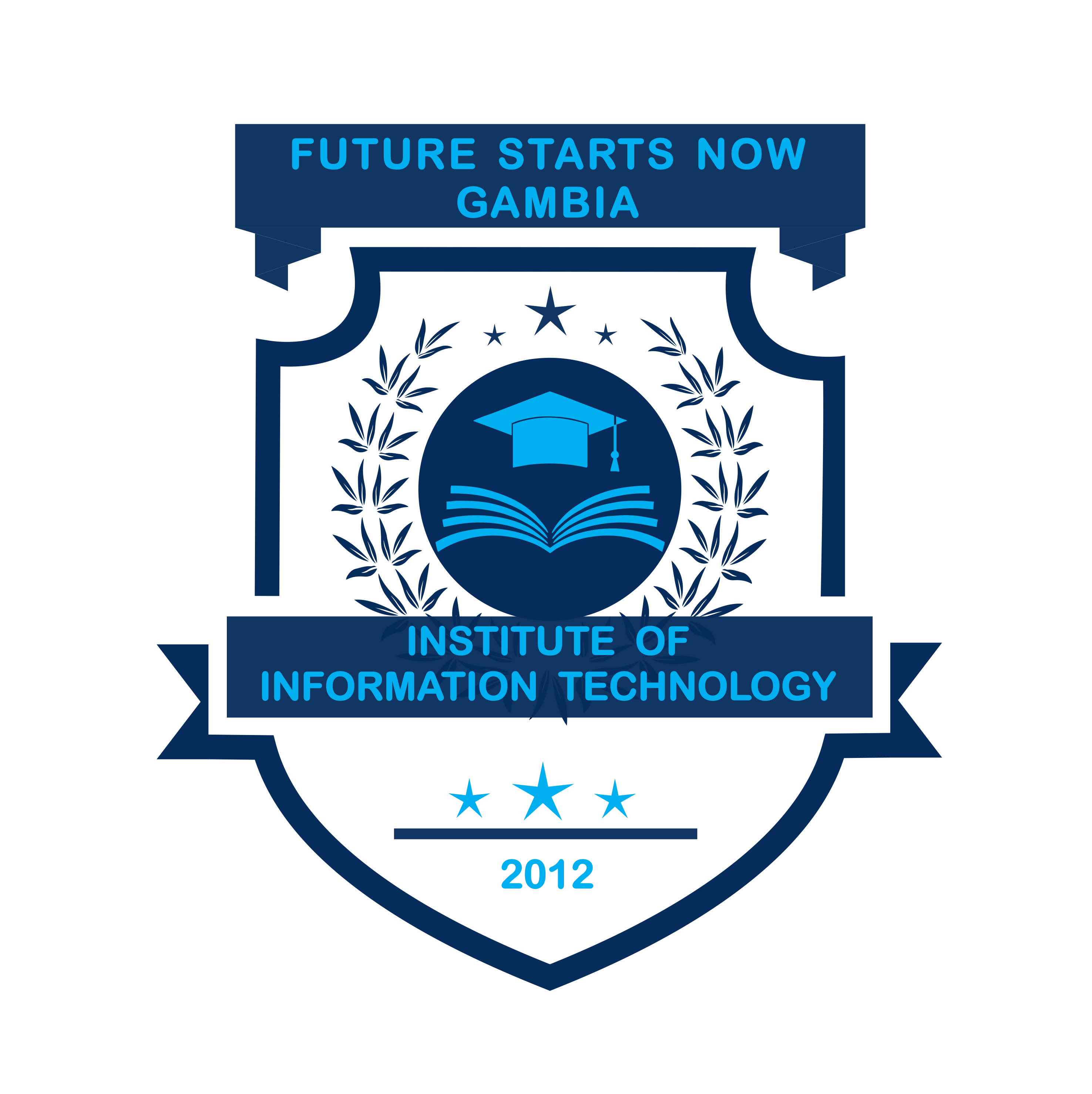What Will Learn?
This course combines the power of visual aids with clear theoretical explanations to enhance understanding and retention. It is designed for learners who grasp concepts more effectively through diagrams, illustrations, videos, and other visual tools, supported by structured theoretical content.
By the end of the course, participants will have both the technical skills and the confidence to tackle real-world development tasks. The live project serves as a portfolio piece to showcase to potential employers or clients.
Visual Learning with theory
- Theory Integration – Explaining ideas in detail to provide a strong knowledge foundation.
- Interactive Learning – Incorporating visual exercises, case studies, and real-life examples.
- Improved Memory Retention – Linking visuals with theory to make learning long-lasting and engaging.
Learn basic logical programms
This course introduces learners to the fundamentals of logical thinking in programming. It focuses on simple yet powerful programs that build problem-solving skills and lay the groundwork for more advanced coding.
Error Solution and implementation
- Error Identification – Recognizing different types of errors, such as syntax, runtime,
- Troubleshooting Techniques – Using debugging tools and step-by-step analysis to locate problems
- Testing and Verification – Ensuring that the implemented solution works without introducing new issues
- Implementation – Applying solutions correctly in code, configuration, or system settings
- Solution Planning – Evaluating possible fixes and choosing the most effective approach
- Documentation – Recording solutions for future reference and team collaboration By the end of the course, participants will have the skills to confidently diagnose and fix errors, as well as implement solutions effectively in real-world scenarios.
Requirements
- Educational Background – Minimum level of schooling or prior knowledge
- Technical Skills – Basic computer literacy, software familiarity, or subject-specific abilities
- Resources – Access to devices, internet connection, or learning materials
- Documentation – Identification, enrollment forms, or prerequisite certificates
- Commitment – Time availability and willingness to engage fully in activities and assessments
- By clearly defining requirements, participants know what to expect and can prepare in advance, leading to a smoother and more effective learning or project experience
Description
This course offers a hands-on approach to learning Visual Basic for web development, combining theoretical knowledge with practical application. Learners will gain the skills to design, develop, and deploy web-based solutions using Visual Basic, backed by a real-world project experience.

